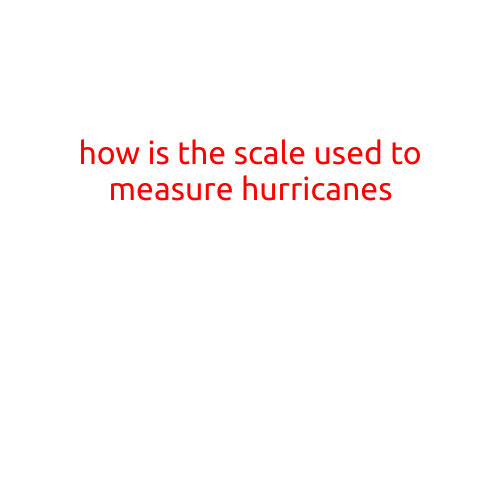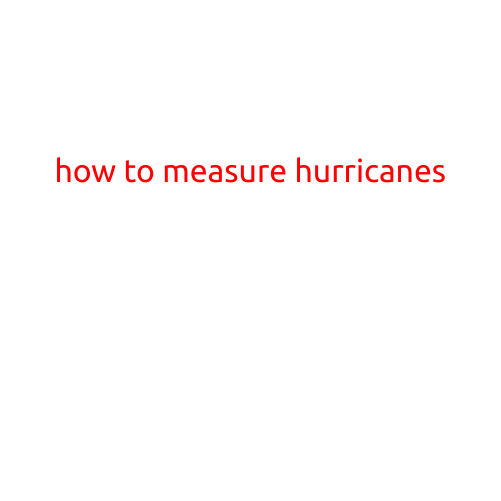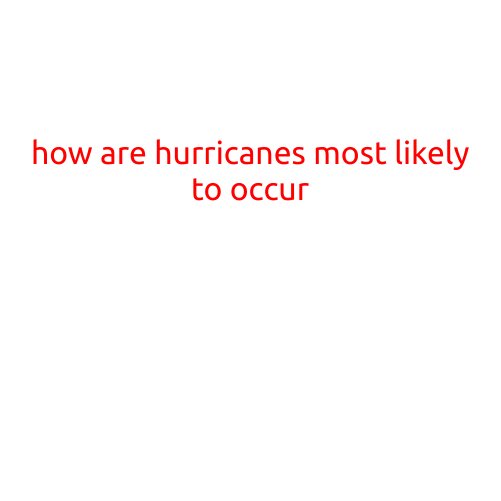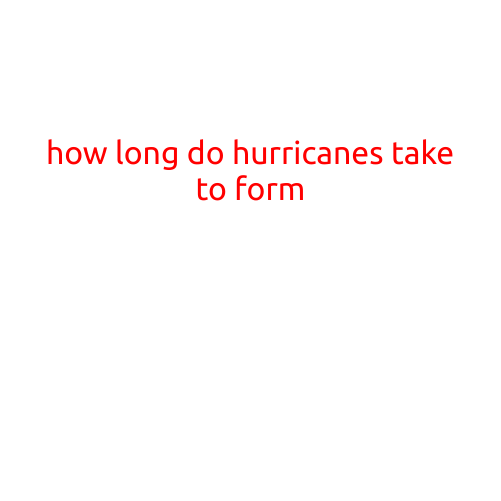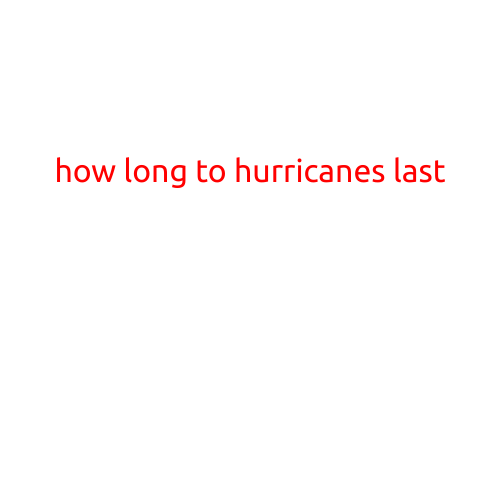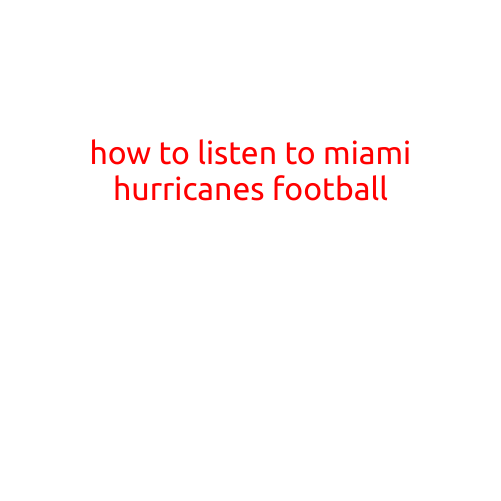
How to Name Hurricanes: A Step-by-Step Guide
Naming storms is a crucial process that helps to identify and track hurricanes, providing essential information to residents, emergency management officials, and meteorologists. The World Meteorological Organization (WMO) is responsible for establishing the international system of naming tropical cyclones, including hurricanes, typhoons, and cyclones. In this article, we’ll delve into the process of naming hurricanes and explore the significance of this important task.
The Purpose of Naming Hurricanes
Naming hurricanes serves several purposes:
- Uniqueness: Each storm needs a distinct name to differentiate it from others.
- Communication: Clear and consistent naming helps to convey crucial information quickly and effectively.
- Identification: Names make it easier to track and refer to storms, even when multiple systems are active or predicted to develop.
- Public Awareness: Naming hurricanes raises public awareness of the importance of preparation, evacuation, and taking necessary precautions.
The List of Names
The WMO maintains a list of 21 names, alternating between male and female names, which are assigned to storms that reach tropical cyclone intensity. The list is recycled every 6 years, with the exception of the last 7 names, which are retired due to the severity of the damage or loss of life caused by the storm.
The Choosing Process
The naming process begins with a storm’s formation, and the following criteria are considered:
- Location: The storm’s position in the Atlantic, Eastern Pacific, or Central Pacific is taken into account.
- Time of year: The storm’s formation month is considered, with some months having more active storm seasons.
- Strengthening or weakening: The storm’s strength and intensity are assessed.
Retiring Names
When a storm causes significant damage or loss of life, the WMO retires its name from the list to ensure that the memory of the storm and its impact are not forgotten. This practice also helps to avoid confusion or trauma associated with repeated references to a devastating event.
Famous Retired Names
Some notable retired hurricane names include:
- Hurricane Katrina (2005): Devastated the Gulf Coast, particularly New Orleans.
- Hurricane Sandy (2012): Caused widespread damage and flooding along the East Coast.
- Hurricane Harvey (2017): Brought unprecedented flooding to Texas and Louisiana.
Conclusion
Naming hurricanes is a vital process that assists in storm tracking, communication, and disaster preparedness. The WMO’s list of names is carefully selected and recycled to ensure a consistent and effective system. By understanding the process and significance of naming hurricanes, we can better prepare for and respond to these powerful storms, ultimately saving lives and reducing damage.
Takeaway Points:
- The World Meteorological Organization (WMO) is responsible for naming tropical cyclones, including hurricanes.
- The naming process takes into account location, time of year, and the storm’s strength and intensity.
- The WMO retires names that cause significant damage or loss of life to avoid confusion and trauma.
- The list of names is recycled every 6 years, with the exception of the last 7 names, which are retired.
Stay informed and prepared for hurricane season with knowledge of the naming process and the significance of this important task.
